do diet breaks and refeeds actually work? here’s what the science says
Spoiler: Strategic breaks during your diet could help you lose more fat, keep more muscle, and maintain your results longer. But the details matter.
If you’ve ever hit a plateau while dieting, or felt like your energy, mood, or strength took a nosedive, you’ve likely asked: Is there a smarter way to cut? According to two key studies, the answer may be yes.
Let’s dive into the science behind diet breaks and refeeds, and what they mean for anyone trying to lose fat without “wrecking” their metabolism or losing muscle mass.
Study #1: The MATADOR Study – Diet Breaks Help You Lose More Fat
In the MATADOR study (Byrne et al., 2017), researchers took obese men and split them into two groups:
Group 1: Dieted continuously at a 33% calorie deficit for 16 weeks
Group 2: Dieted in 2-week blocks, with 2-week diet breaks (eating at maintenance), for a total of 30 weeks
Both groups spent the same total time in a calorie deficit, but here’s the kicker:
- The diet break group lost 50% more fat
- Their metabolism (resting energy expenditure) dropped only half as much
- They regained less fat 6 months later
Why it matters: When you diet continuously, your body adapts. It burns fewer calories at rest and slows down fat loss. By adding breaks, your metabolism gets a chance to recover, helping you lose more fat with less resistance.
You’re not reversing your progress, you're making your next fat loss phase more effective.
Study #2: Refeeds Help Preserve Muscle During a Cut
In a 2020 study (Campbell et al.), resistance-trained men and women were assigned to one of two groups:
Continuous Group: 25% calorie deficit every day for 7 weeks
Refeed Group: 35% deficit 5 days/week + 2 days at maintenance
Both groups lost fat, but the refeed group had major advantages:
- Better retention of fat-free mass (especially “dry” FFM)
- Smaller drops in resting metabolic rate
- Fewer signs of muscle loss
Why it matters: When calories are low every day, muscle is harder to maintain, even with training and protein. But with regular refeeds (especially carb-based), your body gets a chance to refill glycogen, improve training quality, and maintain lean mass.
Diet Breaks vs Refeeds: What’s the Difference?
Diet break length: 1-2 weeks
Refeed length: 1-2 days
Diet break calories: at maintenance
Refeed calories: at maintenance (or slight surplus)
Diet break goal: Metabolic recovery, fat loss support
Refeed goal: Muscle retention, training quality
Diet break: Best for long-term fat loss, lifestyle dieting
Refeed: Best for physique competitors, strength athletes
Bottom line:
Diet breaks = strategic pause during long cuts
Refeeds = targeted fuel to protect muscle during short-term deficits
Practical Takeaways
If you're coaching clients or managing your own fat loss:
1. Add a 1-week diet break every 4–8 weeks
Especially during longer fat loss phases, this can restore energy, mood, and metabolic rate without sabotaging progress.
2. Use 2-day refeeds in the final 6–8 weeks of a cut
They can help keep your lifts strong and your muscles full when calories are low and fatigue sets in.
3. Plan for more time
Yes, adding breaks stretches the total timeline. But you’ll likely feel better, retain more muscle, and keep the weight off longer.
4. Refeeds ≠ cheat meals
This isn’t an excuse to binge. Your refeed needs to be controlled, ideally high in carbs, and at maintenance—not 5,000 calories of pizza.
What About Metabolism?
Both studies show improved retention of resting metabolic rate (RMR) with breaks or refeeds. That’s critical, because RMR makes up the bulk of your daily energy expenditure, and when it drops, fat loss slows.
The refeed study also suggests that dry fat-free mass (a proxy for true lean mass) plays a big role in this retention. In short: keep your muscle, retain your metabolic rate.
Caution: One Study ≠ Universal Truth
These results are exciting, but still early. Both studies were small and controlled tightly. Individual response varies, and more research is needed, especially in athletic populations with real-world training demands.
That said, if you're a competitor, coach, or high-performing professional looking to maximize results while protecting your physiology, these strategies are promising.
Scientific References:
Byrne NM et al. Intermittent energy restriction improves weight loss efficiency in obese men: the MATADOR study. Int J Obes (Lond), 2017.
Campbell BI et al. Intermittent Energy Restriction Attenuates the Loss of Fat Free Mass in Resistance Trained Individuals. J Funct Morphol Kinesiol, 2020.
